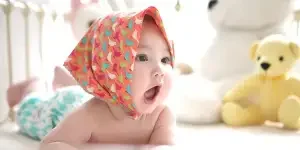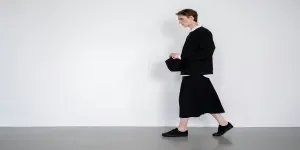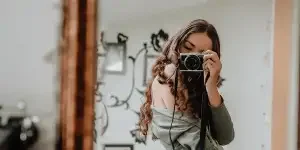Learning about new materials and details is crucial to designing appealing kids’ and tweens’ collections that will find their place on the market. This season is all about sustainability and creativity in the fabric choices, as well as designs reminiscent of the past with a contemporary spin. Here are the key trends for S/S 25: the materials and details essential to adding value to your ranges and tempting your customers. Let’s prepare to explore the world of environmentally friendly ideas, flexible design solutions, and the classics that will highlight your collections.
Table of Contents
1. Diversify your sustainable materials with ramie and hemp
2. Soft nostalgia drives timeless and gender-neutral stories
3. Invest in recycled nylon for versatile outerwear
4. Retro quaint: Reclaim and reimagine traditional patterns
5. Lightweight waffle materials offer absorbent and fast-drying alternatives
Diversify your sustainable materials with ramie and hemp
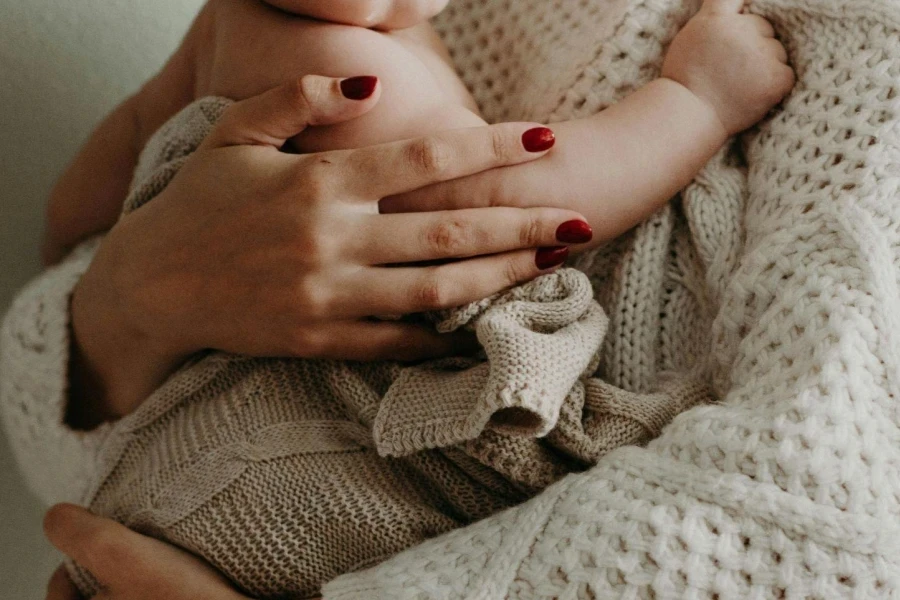
Due to the current push for sustainable fashions, designers are now experimenting with ways to come up with fabrics that will have fewer negative effects on the environment and have their own benefits. Ramie and hemp have emerged as two natural fibers that are slowly entering the kids’ and tweens’ apparel market.
Ramie, a cellulosic fiber obtained from the stem of the ramie plant, has a dry feel and is popularly used in cross-hatch weaves. It can be used for summer clothing, as it is lightweight and brings comfort due to the airflow. Hemp, in contrast, has a very noticeable textured finish that lends a layered, unique look to any item. This fiber is also famous for its strength and sturdiness, which is why it is perfect for children who are always on the go and require clothes that can stand the test of time.
By introducing the ramie and hemp fabrics into their collections, the brands can release mini capsule collections and share with the audience the specifics of these natural materials. It also satisfies the current trend of using natural and identifiable fabrics and promotes a change in society’s attitude towards using fashion products.
Soft nostalgia drives timeless and gender-neutral stories
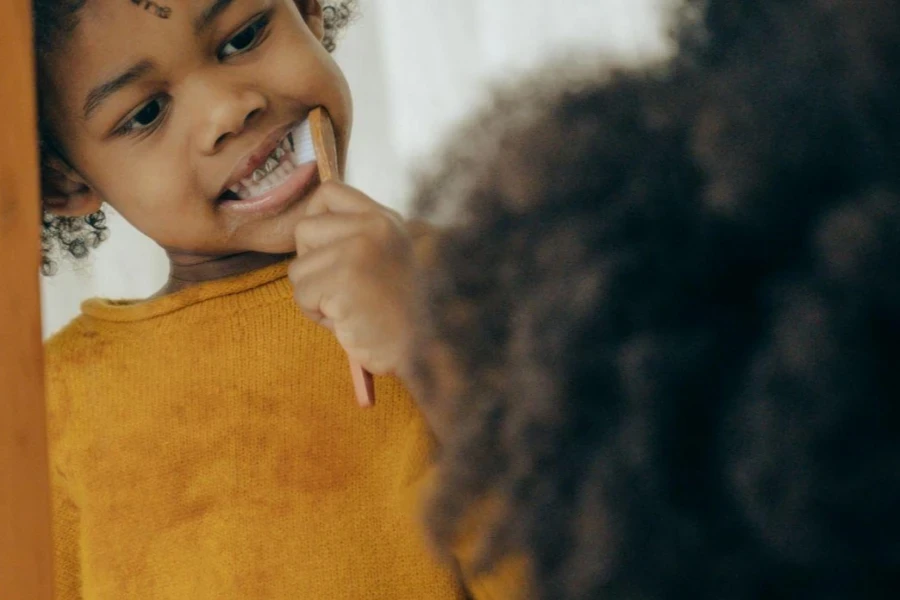
In the current kid’s and tweens’ wear market, soft nostalgia has become one of the biggest trends, informing the design of ageless and unisex clothing. This trend perfectly combines old and new designs, creating timeless pieces that appeal to many consumers.
Newcomers are revamping timeless themes like tartans and blooms in pastel shades and concise concepts to modernize them. These are rather tender stories, which create a feeling of relaxation and recognition but do not look outdated. By reducing the flamboyancy of designs and concentrating on simple shapes and delicate accents, the brands can develop more universal garments that do not depend on the season.
Adjustable features are also commonly seen; these include sleeves that can be detached or zip-offs, among others. These elements are versatile to help meet the needs of children and encourage everyone’s acceptance, as kids can change their appearance depending on their desires and actions. Such options prove that brands are working towards producing fashion that is not only useful but also aesthetic.
The soft nostalgia trend, therefore, frees one from the often strict codes of dressing guided by gender and instead embraces anyone and everyone. Such an approach also corresponds to social perceptions’ evolution and provides more flexibility in children’s and preteen’s clothing lines.
Invest in recycled nylon for versatile outerwear
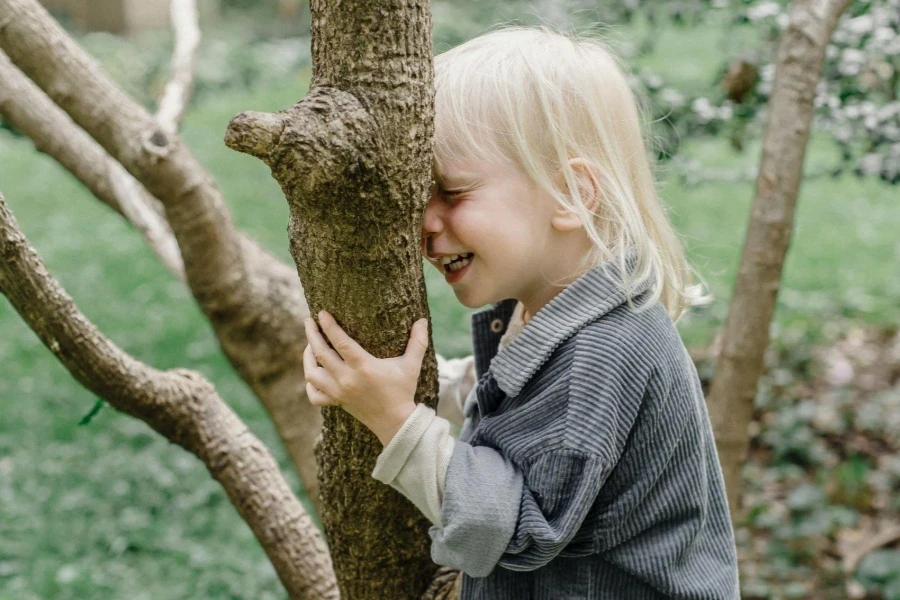
Recycled nylon is a revolution in the kids’ and tweens’ jackets as it is an eco-friendly material with many applications. This is because, with the increasing awareness of environmentally friendly fashion, it is beneficial for companies to use recycled nylon to create long-lasting clothes and garments with a minimized effect on the environment.
This new material is perfect for windbreakers and bomber jackets as it will offer a weather-proof shield without the wearer feeling overweight or uncomfortable. When more and more paracord materials are used for their versatility and functionality, recycled nylon fits well into this category as an eco-friendly material choice.Brands can also consider widening the application of recycled nylon to include light cardigans and sweaters with a blend of recycled viscose, wool, and cotton. This enables them to expand their product portfolios and show that they are green across the board in several product lines. Brands can opt for GRS-certified recycled fibers such as Newlife, Econyl, Seaqual, and Repreve for garments and the same type of thread and trims to increase the recycling rate and reduce waste generation.
Retro quaint: Reclaim and reimagine traditional patterns
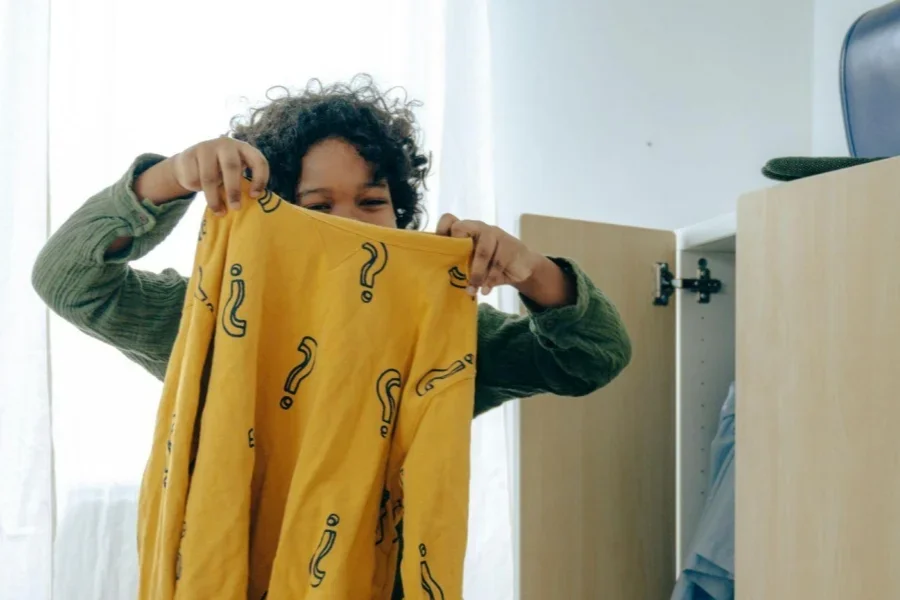
The beauty of the old days still inspires kids’ and tweens’ wear, particularly in the quaint patterns and trends. This trend forces designers to devise new ways of designing traditional patterns and bringing new outlooks into them. Thus, incorporating elements of the past into designs and giving them a modern touch, brands design clothing that has feelings of the past but is still fresh and new.
Checks and florals are the primary themes of this movement, and they may be decorated with lace or gentle forms of quilting. These comforting patterns relate to the cottage core trends that are still popular today, giving a homely feel. Designers can rework the real knitwear and woven structures and put these inventive conventional patterns in their collections to bring a retro feel.
The design can enhance these timeless themes by contrasting textures and bright colors. Brands can revamp these classical patterns with new colors and textures of plaids, stripes, and florals. This way, it is possible to achieve more creativity and provide a more unique approach to the designs in the market.
Lightweight waffle materials offer absorbent and fast-drying alternatives
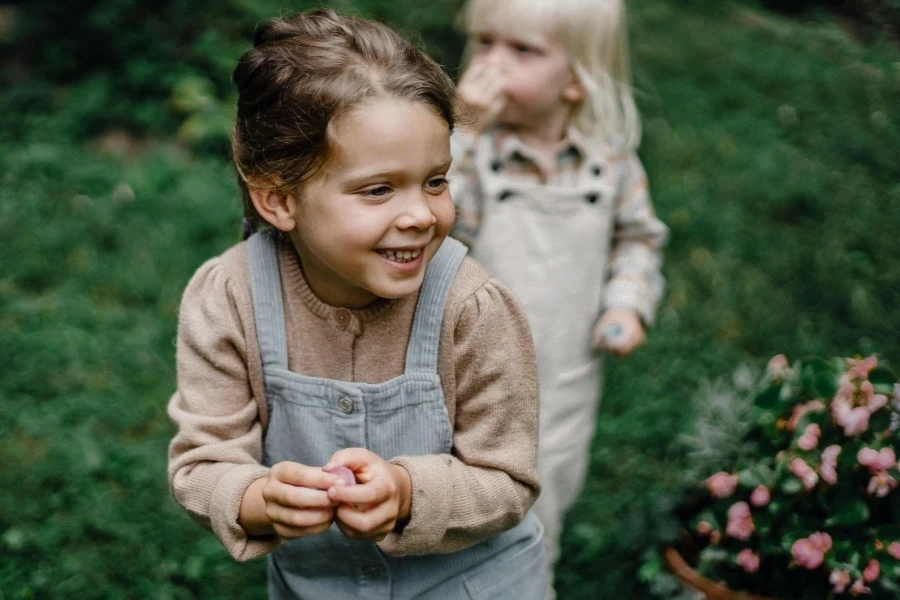
Waffle fabrics are a highly versatile and practical for kids’ and tweens’ wear, especially for beach, pool, sports, and play clothes. These materials are much lighter than the conventional toweling fabrics, but they are highly absorbent and dry up quickly. By implementing waffle materials in their products, fashion brands can offer wear that is comfortable to wear and suits young, active consumers.
The texture of the waffle fabrics is quite different from most fabrics; it, therefore, enhances the shape of basic clothing, enhancing the otherwise normal apparel and making the wear look stylish. This material can be used in core products like tees, matching sets, casual shorts, or baby grows, which provide value and aesthetics to the product ranges. Due to their characteristics, waffle fabrics are suitable for summer-oriented stories, narratives, and sporty and preppy looks.
For the waffle materials, the recommended choices are 100-120g GOTS-certified organic cotton, Fairtrade cotton, linen, hemp, or ramie. These sustainable fibers not only help make the process greener but also improve the overall look and feel of the clothing items, resulting in improved durability. Natural dyes can be used to decrease the negative effects of the manufacturing process; this is especially relevant to the current trend of sustainable fashion.
Conclusion
The world of kids’ and tweens’ fashion is expanding, and the main trends are eco-friendly fabrics, retro styles, and multi-purpose clothing. Thus, brands can use ramie and hemp fibers, recycled nylon for outwear, and vintage patterns to design collections that will appeal to the modern generation of consumers. Using lightweight waffle materials gives a versatile and stylish option suitable for the dynamic folk. As the industry evolves to meet new needs and desires, those designers who incorporate these trends and materials will most likely win the hearts and minds of the target audience of children and tweens.

